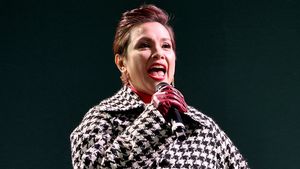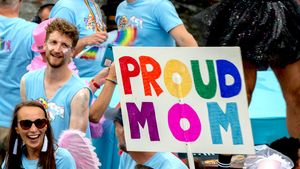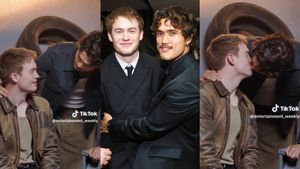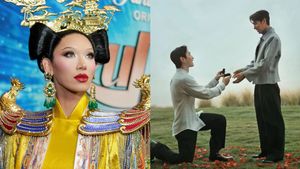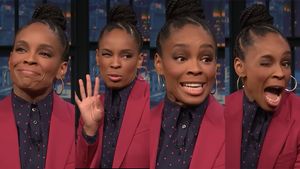Voices
How the era of 'men were men' birthed America's first drag superstars

0 seconds of 3 minutes, 30 secondsVolume 0%
Press shift question mark to access a list of keyboard shortcuts
Keyboard Shortcuts
Shortcuts Open/Close/ or ?
Play/PauseSPACE
Increase Volume↑
Decrease Volume↓
Seek Forward→
Seek Backward←
Captions On/Offc
Fullscreen/Exit Fullscreenf
Mute/Unmutem
Decrease Caption Size-
Increase Caption Size+ or =
Seek %0-9
Live
00:00
03:30
03:30
content.jwplatform.com
In the 1910s and 1920s, drag musicals were just as popular as football on college campuses and in male-only social clubs, writes historian Andrew Erdman.
August 21 2024 4:04 PM EST
October 17 2024 5:48 PM EST


















































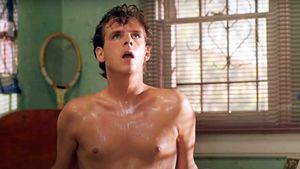








![Paulie Calafiore dishes on his steamy thirst traps: 'Everybody wants to see [me] half-naked'](https://www.out.com/media-library/image.jpg?id=59778323&width=300)
